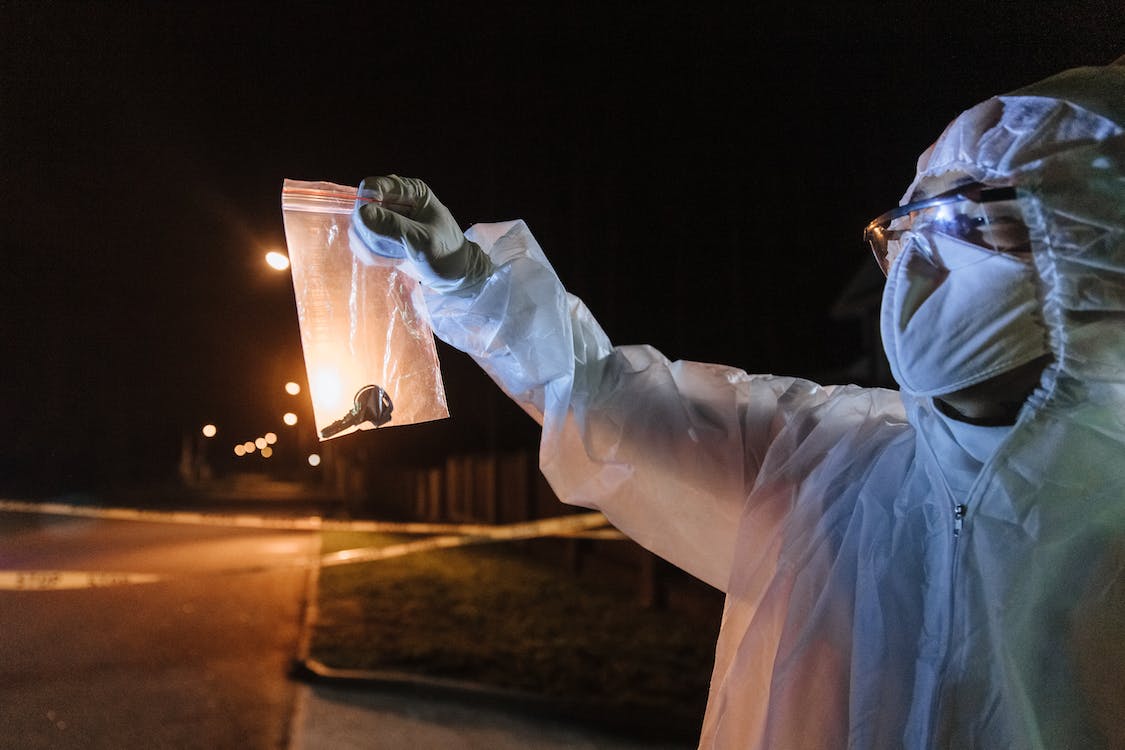Substantive evidence is evidence that directly supports a claim or proves a fact. In legal proceedings, this type of evidence is critical for proving guilt, liability, or other claims that can have serious consequences for the parties involved.
Substantive evidence can take many forms, such as:
Witness testimony: Statements made by individuals who have firsthand knowledge of the events in question. Witness testimony can be either direct (i.e., the witness saw or heard something firsthand) or circumstantial (i.e., the witness can provide information that indirectly supports a claim).
Physical evidence: Objects, documents, or other materials that can be presented to the court to support a claim. Physical evidence can include anything from DNA samples to written contracts to surveillance footage.
Expert testimony: Opinions given by qualified experts in a particular field that can help to explain complex issues or provide insight into technical matters. Expert testimony is often used in cases involving scientific or technical issues, such as medical malpractice or patent disputes.
Substantive evidence is typically the most persuasive type of evidence in a case, as it directly supports the argument being made. For example, if a plaintiff claims that a defendant breached a contract, written documentation of the contract would be considered substantive evidence that supports the plaintiff’s claim. Similarly, if a witness testifies that they saw the defendant commit a crime, their testimony would be considered substantive evidence that supports the prosecution’s case.

Illustrative Evidence: Supporting the Main Argument
While substantive evidence is essential for proving a case, it is often complicated and difficult for non-experts to understand. That’s where illustrative evidence comes in. Illustrative evidence is evidence that is used to help explain or illustrate a point, but is not directly relevant to the case itself.
Illustrative evidence can include:
Charts and graphs: Visual aids that help to explain complex data or statistics. For example, a chart might be used to illustrate how the frequency of car accidents has increased in recent years, supporting an argument that distracted driving is a growing problem.
Photographs: Images that help to demonstrate a particular point or provide context. For example, a photograph of a damaged vehicle might be used to illustrate the severity of an accident, supporting an argument that the plaintiff suffered significant injuries.
Demonstrative evidence: Models, diagrams, or other visual aids that help to explain how something works or how an event occurred. For example, a model of a mechanical device might be used to explain how a patent infringement occurred.
Illustrative evidence is often used to support substantive evidence. For example, if a witness testifies that they saw the defendant commit a crime, photographs of the crime scene or video footage of the defendant in the area can be used as illustrative evidence to help the jury understand the witness’s testimony. Similarly, if an expert witness testifies about a technical issue, a diagram or model might be used to help the jury visualize the concept being explained.

Conclusion: Balancing Illustrative and Substantive Evidence
In legal proceedings, both illustrative and substantive evidence play important roles. While substantive evidence is the most important type of evidence for proving a case, illustrative evidence can help to make complex issues more understandable and persuasive. Lawyers, judges, and other decision-makers must carefully consider the evidence being presented and the role that it plays in the case to make informed and effective decisions.
By balancing substantive and illustrative evidence, legal professionals can build strong cases that are based on solid evidence and compelling arguments. Whether it’s a criminal trial, a civil lawsuit, or any other legal proceeding, the right mix of evidence can make all the difference.
